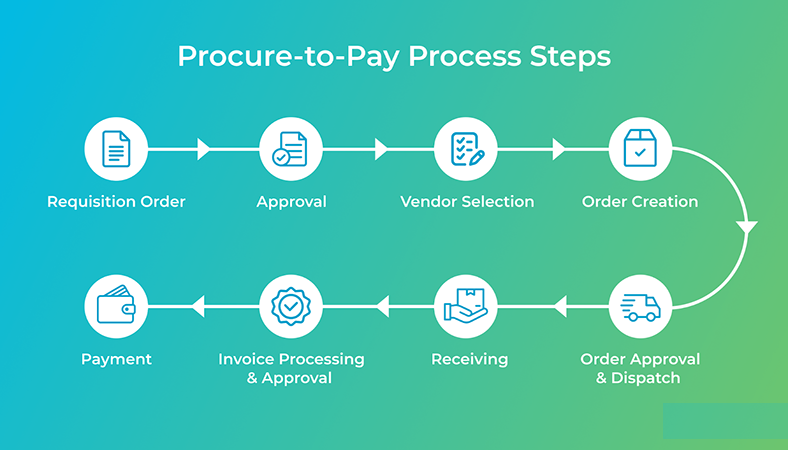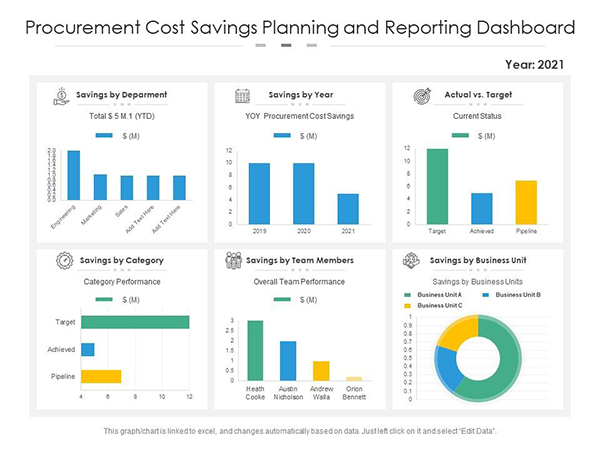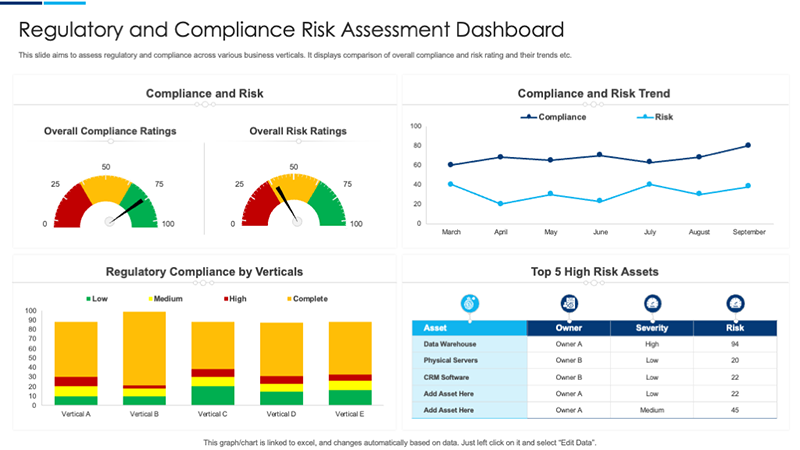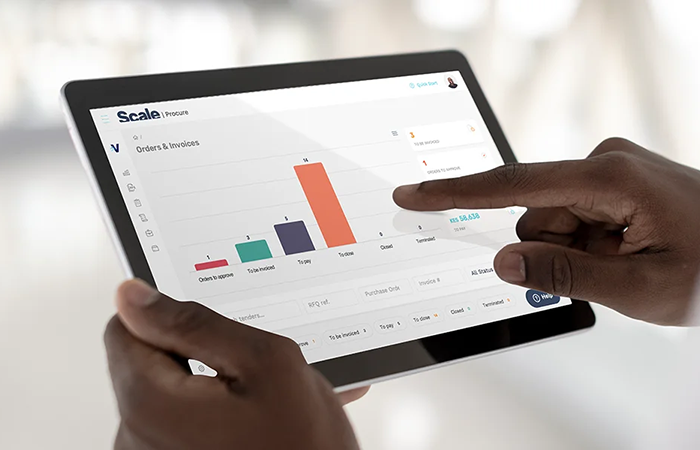In the competitive world of business, effective financial and procurement management is essential for success. Procure-to-Pay (P2P) applications streamline these processes, enabling organizations to control spending, improve supplier relationships, and achieve operational efficiency. Let’s delve into why P2P applications have become a critical tool for modern enterprises.
What is a Procure-to-Pay (P2P) Application?
A Procure-to-Pay application integrates procurement and accounts payable systems, automating the entire process from requisitioning goods and services to making payments. This comprehensive approach ensures better visibility, compliance, and efficiency across the procurement lifecycle.
Why Are P2P Applications Important for Organizations?
1. Streamlined Procurement Processes
P2P applications automate and standardize procurement workflows, reducing manual intervention and errors. This allows organizations to complete purchase orders, approvals, and payments more quickly.
 2. Cost Control and Savings
2. Cost Control and Savings
By providing insights into spending patterns, P2P systems help identify cost-saving opportunities and prevent maverick spending. Organizations can negotiate better terms with suppliers and ensure compliance with budgets.
 3. Improved Supplier Relationships
3. Improved Supplier Relationships
With timely and accurate payments facilitated by P2P systems, companies can strengthen their relationships with suppliers. This fosters trust and may lead to preferential terms and better service.
4. Enhanced Visibility and Compliance
P2P platforms provide real-time visibility into procurement activities, enabling better tracking and reporting. This ensures adherence to regulatory standards and internal policies.
 5. Reduced Risk of Fraud
5. Reduced Risk of Fraud
Automation and audit trails inherent in P2P applications minimize the risk of fraudulent transactions. Organizations can detect and prevent irregularities before they escalate.
6. Better Decision-Making
With centralized data and advanced analytics, decision-makers can evaluate procurement performance and supplier reliability. This leads to more informed strategic planning.

Real-World Applications of P2P Systems
Retail: Managing vendor contracts and ensuring timely restocking of inventory.
Manufacturing: Streamlining procurement of raw materials and ensuring seamless production cycles.
Healthcare: Procuring critical medical supplies and pharmaceuticals with strict compliance.
Key Features of P2P Applications
E-invoicing: Automates invoice processing for faster approvals and payments.
Spend Analytics: Provides insights into spending trends and supplier performance.
Integration: Connects seamlessly with ERP systems for end-to-end process management.
Conclusion
Procure-to-Pay applications are a cornerstone of efficient business operations. By automating and integrating procurement and payment processes, these systems drive cost savings, improve supplier relations, and ensure compliance. Organizations leveraging P2P solutions are better equipped to adapt to the dynamic demands of the marketplace while maintaining financial health.





